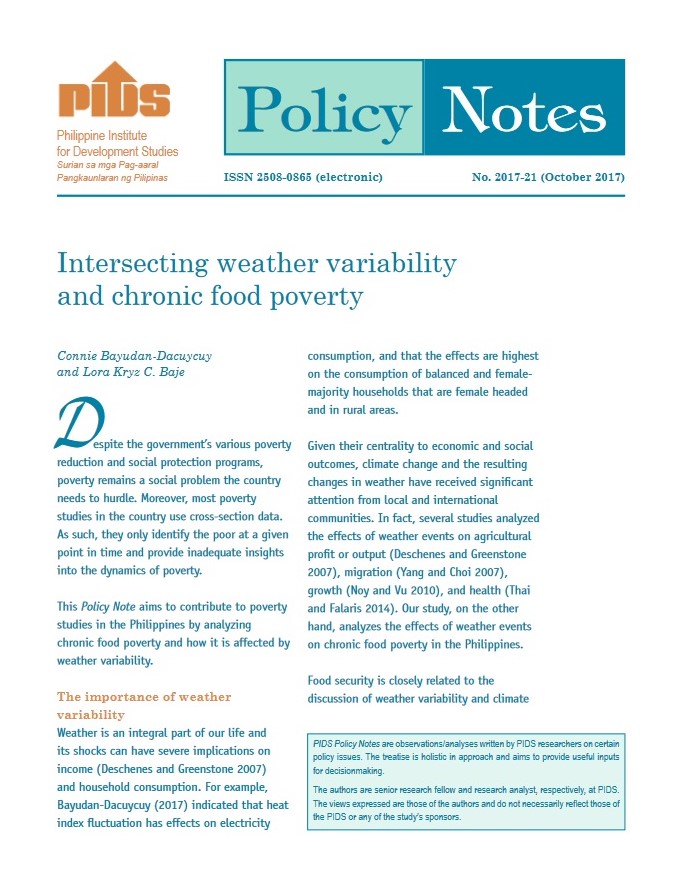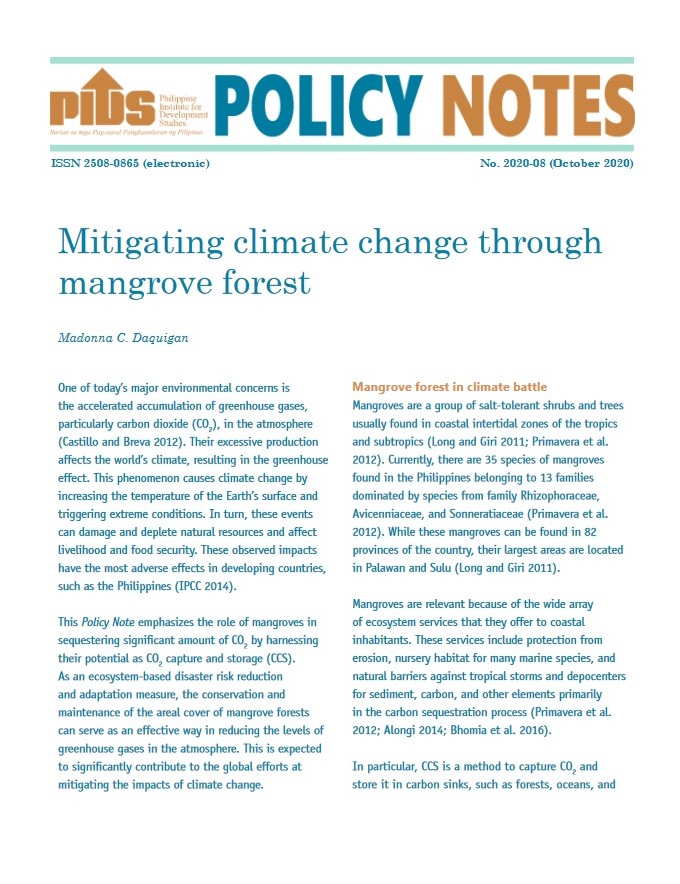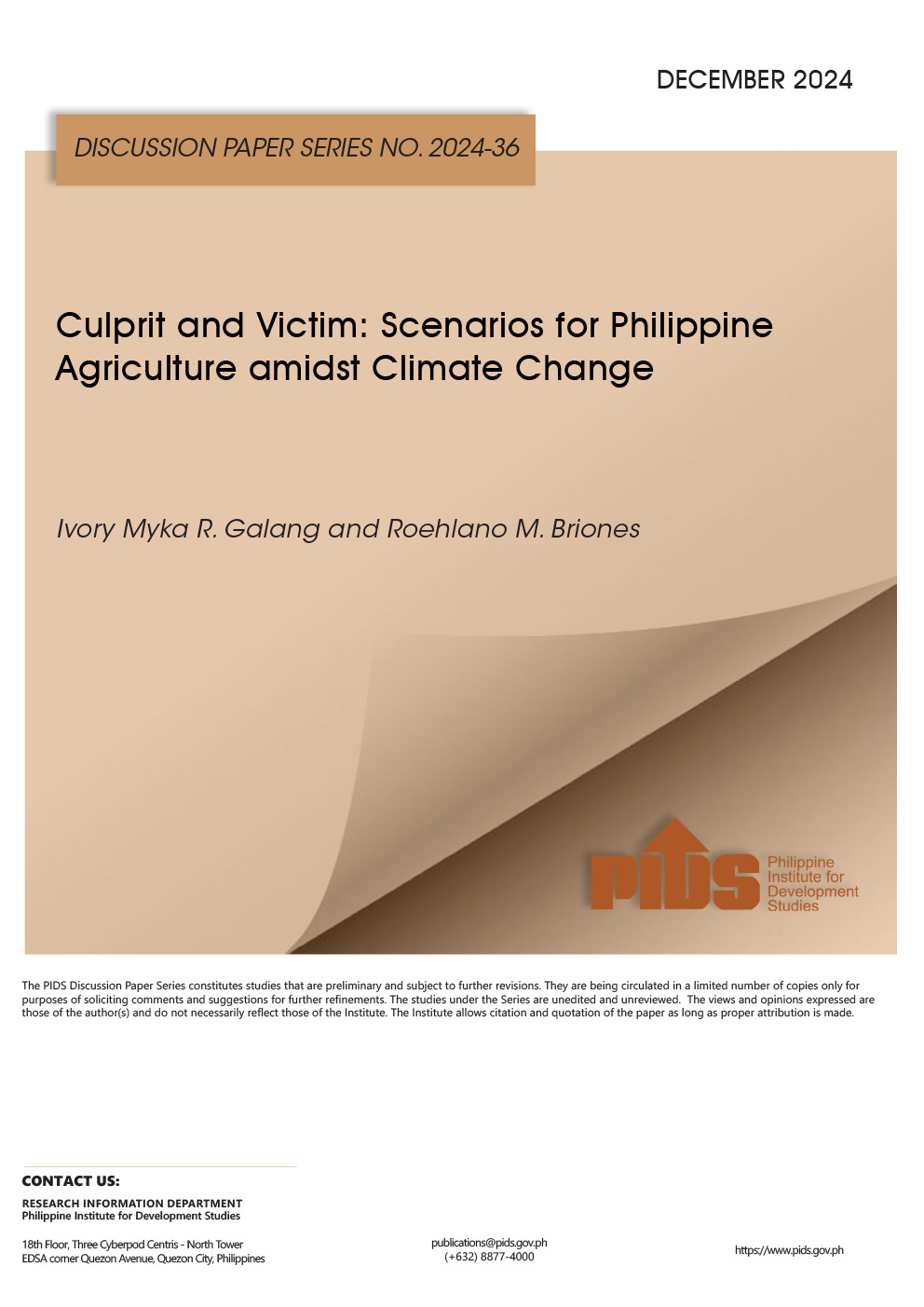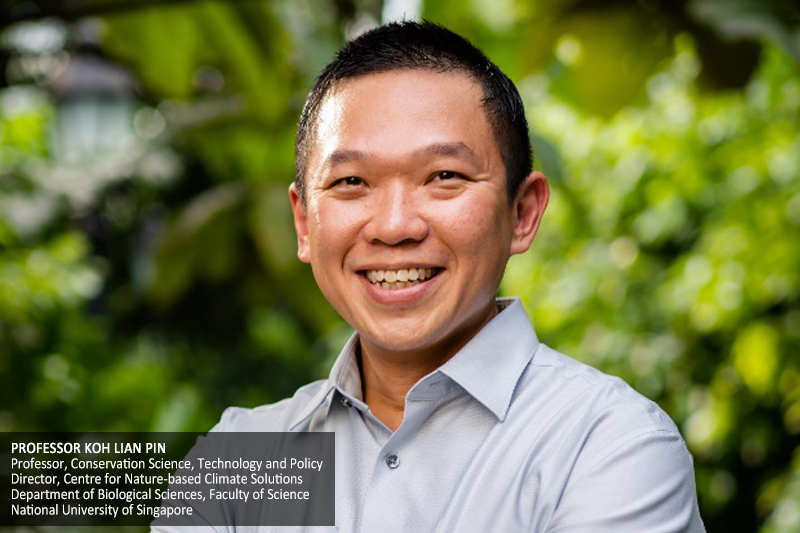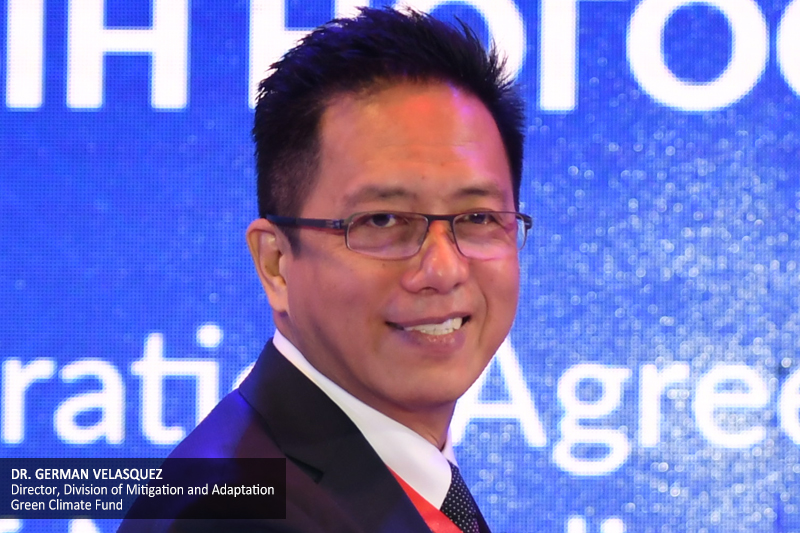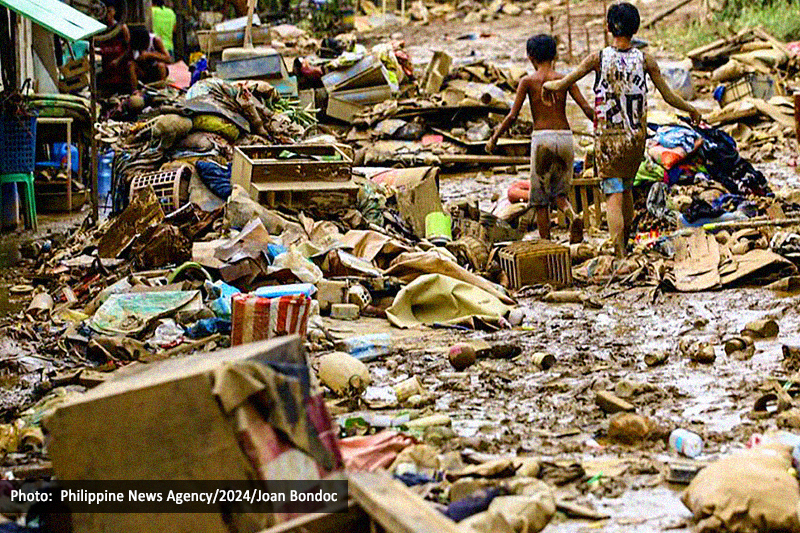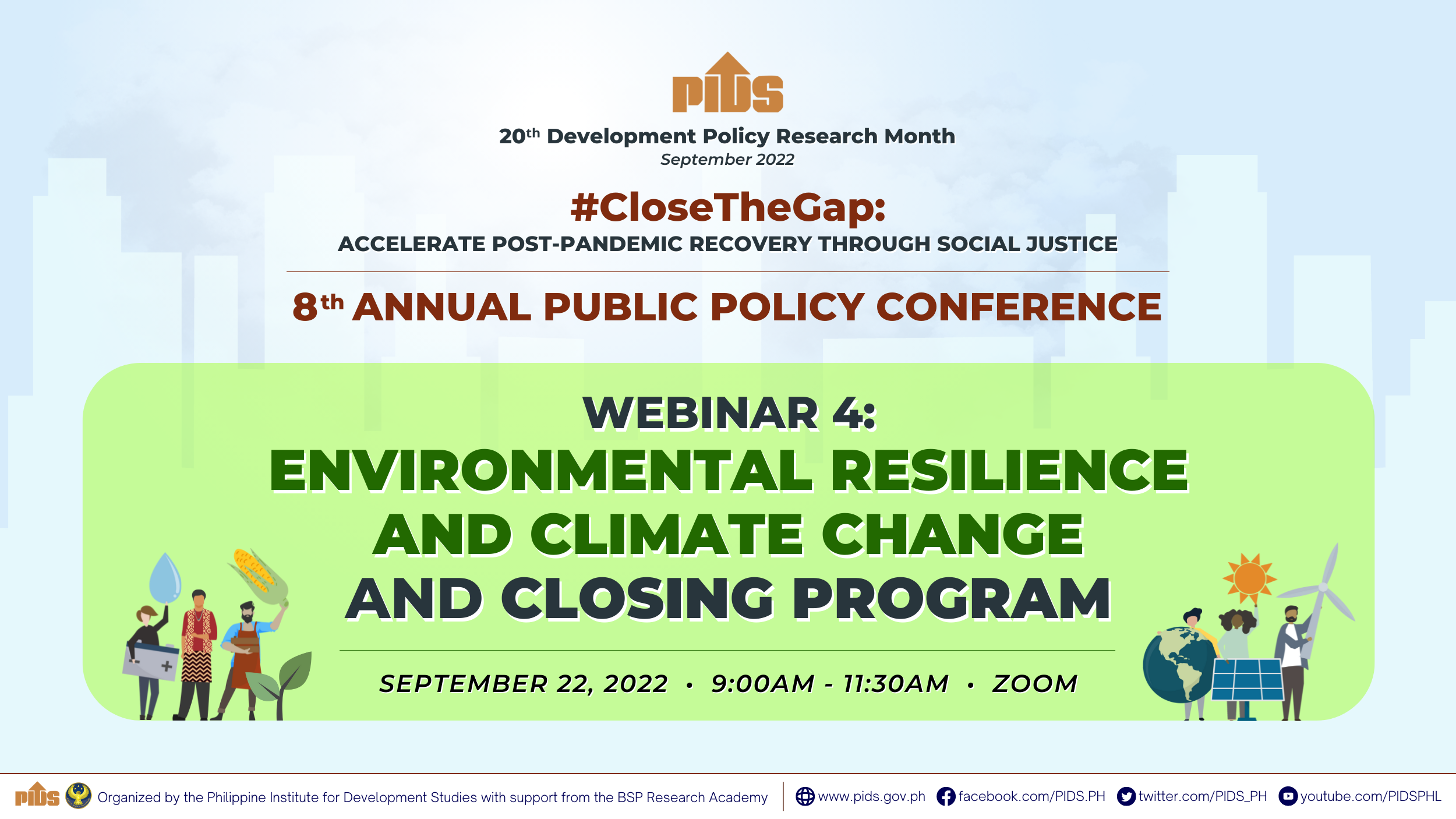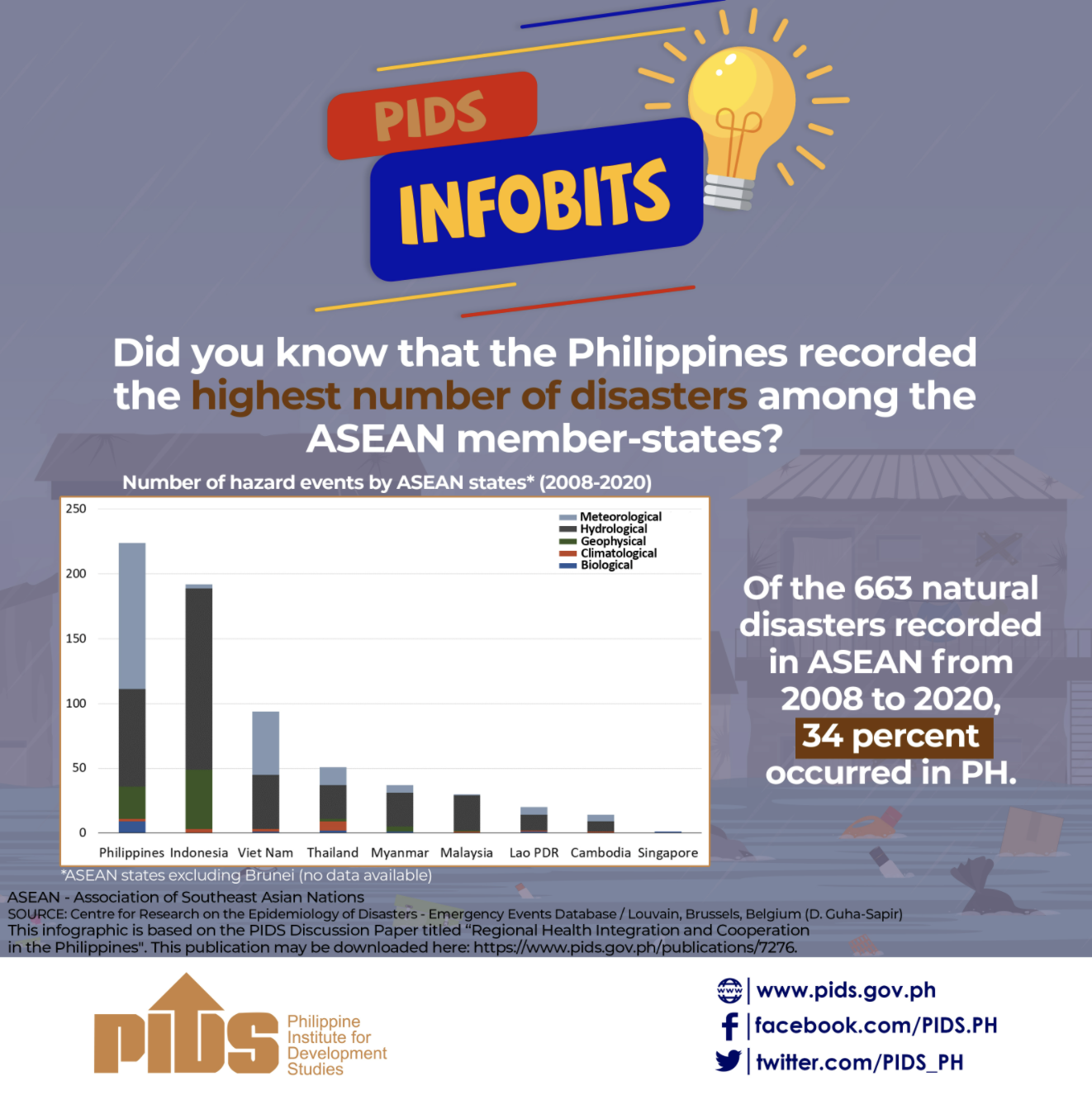Baguio City, the capital of Benguet Province, was flagged a few years back by a World Wide Fund for Nature study as the most vulnerable Philippine city to climate change and other socioeconomic threats. Because of its dense population, topography, and largely ill-planned urbanization, Baguio's ability to adapt and respond to such risks was judged inadequate. As part of a conscious effort to turn things around, the city held its first-ever city-wide earthquake drill in March. Following this, on April 6, part of Baguio City's academic community participated in a forum highlighting the importance of building a multiple resilience system.
The policy research forum on Human Capital: Health, Education, and Building Resilience was held at the University of the Philippines Baguio, co-hosted by the Cordillera Studies Center (CSC) and state think tank Philippine Institute for Development Studies (PIDS).
Dr. Gilberto Llanto, PIDS president, presented his paper on Risks, Shocks, and Building Resilience: Philippines, profiling the risk landscape faced by the country, the nature of interconnectedness of risks, and the importance of creating a policy framework for building resilience at every level of society.
According to Llanto, risks do not occur in isolation but rather in a wide network. As an example, Llanto cited the link between food and energy crises. The trade-off of choosing to allocate resources to address the need for renewable energy was the fatal spike in food prices.
Closer to home, Llanto explained how the economic slowdown in China directly affects the growth of commodity-exporting countries like the Philippines. China is one of the Philippines' largest exporting partners.
Similarly, while the recent falling oil prices was met with elation from the Philippines' transport sector, it greatly affected the economic health of oil-exporting countries. In turn, the oil-exporting countries, which also happened to host large contingents of Overseas Filipino Workers, were forced to send back their foreign workers to their remittance-dependent homes.
Apart from being interconnected, risks are, by nature, also constantly evolving. Therefore, managing and responding to them requires multiple resilient systems.
"The Philippines is particularly challenged to build economic resilience because of its high risk exposure and vulnerability, explained somewhat by its geographical location," said Llanto. "It is difficult to manage risks. But it is possible."
A huge stumbling block in the process of risk management is the dearth of policy-oriented research and the absence of a resilience system. Although it has the National Disaster Risk Reduction and Management Council (NDRRMC) in place, the country has yet to paint a comprehensive picture of the country’s risk landscape, making it difficult to build the appropriate response framework.
"You need good policy interventions, and good policies rely on good research," Llanto said.
He warned, "Exposure to bad policies will exacerbate one's vulnerability."
Thus, dealing with risks is not solely the job of policymakers or the NDRRMC. Communities have to work together to figure out how to handle and manage the risks and shocks faced by their community at the ground level.
In sum, the country has to work together at every level to make resilience thinking a habit. A multiple resilience system must be built and founded on sound research and analysis, capable of identifying the wide array of vulnerabilities and adapting to the ever-evolving nature of risks.
For more information about this event and Llanto's study, please visit this link: http://www.pids.gov.ph/seminarsupdate.php?pr=299. ###
The policy research forum on Human Capital: Health, Education, and Building Resilience was held at the University of the Philippines Baguio, co-hosted by the Cordillera Studies Center (CSC) and state think tank Philippine Institute for Development Studies (PIDS).
Dr. Gilberto Llanto, PIDS president, presented his paper on Risks, Shocks, and Building Resilience: Philippines, profiling the risk landscape faced by the country, the nature of interconnectedness of risks, and the importance of creating a policy framework for building resilience at every level of society.
According to Llanto, risks do not occur in isolation but rather in a wide network. As an example, Llanto cited the link between food and energy crises. The trade-off of choosing to allocate resources to address the need for renewable energy was the fatal spike in food prices.
Closer to home, Llanto explained how the economic slowdown in China directly affects the growth of commodity-exporting countries like the Philippines. China is one of the Philippines' largest exporting partners.
Similarly, while the recent falling oil prices was met with elation from the Philippines' transport sector, it greatly affected the economic health of oil-exporting countries. In turn, the oil-exporting countries, which also happened to host large contingents of Overseas Filipino Workers, were forced to send back their foreign workers to their remittance-dependent homes.
Apart from being interconnected, risks are, by nature, also constantly evolving. Therefore, managing and responding to them requires multiple resilient systems.
"The Philippines is particularly challenged to build economic resilience because of its high risk exposure and vulnerability, explained somewhat by its geographical location," said Llanto. "It is difficult to manage risks. But it is possible."
A huge stumbling block in the process of risk management is the dearth of policy-oriented research and the absence of a resilience system. Although it has the National Disaster Risk Reduction and Management Council (NDRRMC) in place, the country has yet to paint a comprehensive picture of the country’s risk landscape, making it difficult to build the appropriate response framework.
"You need good policy interventions, and good policies rely on good research," Llanto said.
He warned, "Exposure to bad policies will exacerbate one's vulnerability."
Thus, dealing with risks is not solely the job of policymakers or the NDRRMC. Communities have to work together to figure out how to handle and manage the risks and shocks faced by their community at the ground level.
In sum, the country has to work together at every level to make resilience thinking a habit. A multiple resilience system must be built and founded on sound research and analysis, capable of identifying the wide array of vulnerabilities and adapting to the ever-evolving nature of risks.
For more information about this event and Llanto's study, please visit this link: http://www.pids.gov.ph/seminarsupdate.php?pr=299. ###

